President Trump has just completed a 12-day tour of Asia, including stops in Japan, China, Korea, and the Philippines, and in Vietnam to attend the APEC Leaders meeting.
After pulling out of the Trans-Pacific Partnership (TPP) during his first week in office and threatening to leave the North American Free Trade Agreement (NAFTA) and the World Trade Organization (WTO), his Asia trip was an opportunity to present an alternative vision of U.S. economic engagement in Asia. Many hoped it would be sufficiently robust and strategically orientated to put to rest global concerns about where Washington stands on trade and globalization more broadly.
Unfortunately, this is not what happened.
Trade tour misses the mark
First, in Japan, he criticized the bilateral trade relation as not fair and open. Trump suggested that Japanese car makers should build their cars in the United States instead of just shipping them there. Did someone not brief him on the fact that Japanese automakers have invested over $45 billion in the United States, manufacture close to 4 million cars in the United States (of which over 400,000 are exported) and directly employ over 90,000 U.S. workers?
Then in China, Trump continued to create distance from his campaign rhetoric. Having moved off his threat to label China a currency manipulator and impose 30 percent tariffs on imports from China (all positive developments), Trump made it clear that he does not blame China for the trade deficit. Instead, he pointed the finger squarely at past American presidents for, in his view, doing nothing about it.
This ignores the fact that concerns over access to the Chinese market as well as broader structural challenges with the Chinese economy have been a sustained focus for Republican and Democratic presidents since at least President Bill Clinton. China harms U.S. commercial interests through subsidization and support for state-owned enterprises, trade barriers, stealing intellectual property, and restrictions on U.S. investment. These issues are worth any administration’s attention and energy—they don’t, however, drive the U.S. trade deficit.
Moreover, announcing investment deals with China, while of benefit for the companies involved, will not address these underlying economic challenges to the United States and globally from China’s economic growth model.
Finally, at the APEC Leaders meeting, Trump outlined more fully his plan for engaging Asia on trade: no more multilateral trade deals that constrain U.S. action and sovereignty, only bilateral trade deals that are fair and reciprocal.
First, there is nothing inherent in multilateral trade deals that make them more sovereignty-constraining than bilateral trade deals. In fact, it will be the binding most-favored nation commitment in existing U.S. bilateral trade agreements, such as with Australia, that business will rely on to mitigate some of the economic harm from being left out of the TPP (see below).
Second, by “reciprocal trade,” Trump again means no more bilateral trade deficits. So in effect, Trump merely reaffirmed his belief that trade agreements can be designed to reduce U.S. bilateral trade deficits.
The U.S. trade deficit cannot be reduced by getting other countries to buy more U.S. stuff or by raising barriers to imports. It is not surprising, then, that there is no interest among other governments in joining Trump in this quixotic tilt at windmills.
The TPP revived
At APEC, the remaining members of the TPP—Australia, Brunei, Canada, Chile, Japan, Malaysia, Mexico, New Zealand, Peru, Singapore, and Vietnam—announced that the agreement would come into effect. This, the same TPP agreement which the United States (under Obama) led and concluded, and which Trump then decided to leave. With the United States now out, the revised TPP excises many original U.S. demands, such as around intellectual property.
When the TPP comes into effect, it will be the largest trade agreement since the establishment of the WTO. In addition to significantly lowering trade barrier between TPP parties, the agreement includes important new rules in areas such as digital trade, disciplines on state-owned enterprises, and new commitments to strengthen action on the environment and labor rights. U.S. business won’t be able to take advantage of these opportunities, putting them at a competitive disadvantage vis-à-vis businesses from the other TPP parties.
Fortunately, the TPP remains open for other countries to join. This is good for trade liberalization broadly. It also means that a future U.S. administration can decide whether to rejoin the TPP as a supplicant, and may have to accept fewer U.S. focused outcomes (such as the application of investor-state dispute settlement) than was the case under the original agreement.
Secretary of Commerce Wilbur Ross has claimed that Trump’s trade plan for Asia is in fact more inclusive than TPP, noting the president’s references to the broader Indo-Pacific region. Certainly, the coming into effect of the TPP would have created trade costs for India. But that was the whole point: to use the TPP to create economic pressures on other countries to reform in order to join the agreement. This is leverage, plain and simple, and it could have been most effective against China. This is why China was probably the biggest winner when the United States withdrew.
The TPP and NAFTA
Finally, the success of the TPP is also a new dynamic in the NAFTA negotiations. The TPP advances Mexico and Canada’s efforts to diversify trade relations away from the United States following Trump’s threats to withdraw from NAFTA. For instance, under the TPP, Mexican and Canadian farmers and automakers will get preferential access into the Japanese market and the rest of Asia. This should create an incentive to increase the value of auto manufacturing in Mexico and Canada in order to take advantage of TPP preferences—a strong counter to U.S. trade representative demands in the NAFTA negotiations to increase U.S. domestic content for auto manufacturing.
As countries across Asia—and in our own backyard—make progress on trade deals that exclude the United States, the U.S. economy gets left behind. Washington puts U.S. manufacturers, farmers, service providers, and other actors in the American economy at a disadvantage when it absents itself from multilateral trade diplomacy.
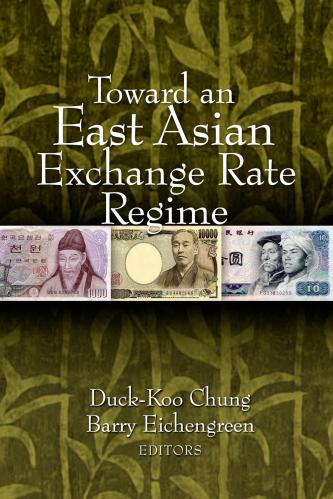
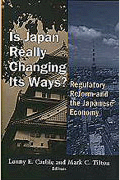

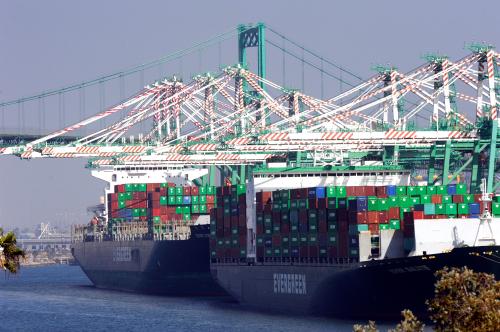

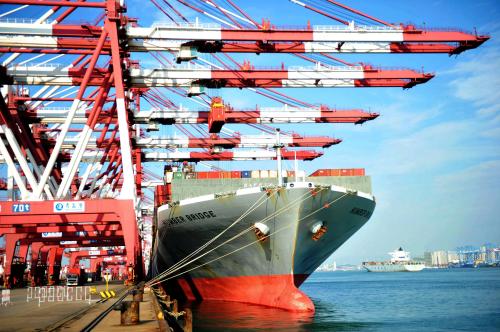

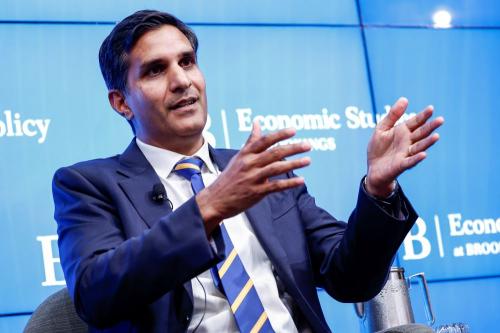
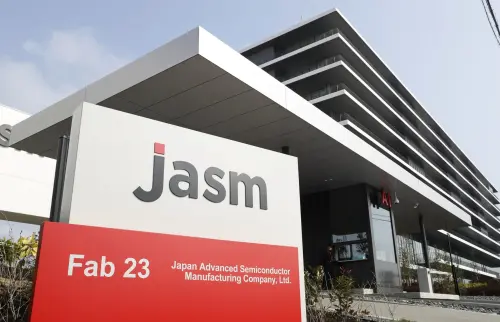
Commentary
The fallout from Trump’s Asia tour on trade
November 15, 2017